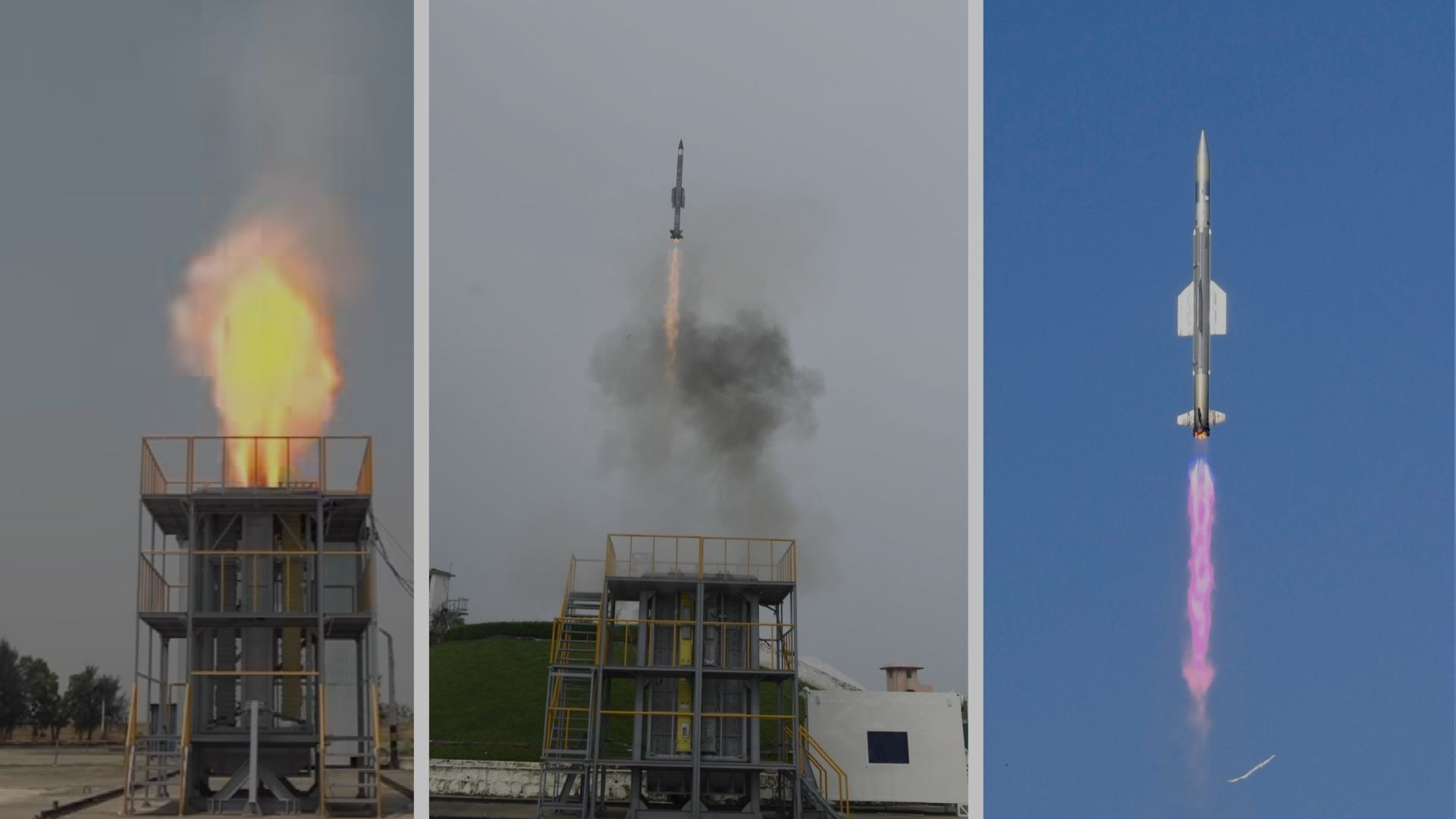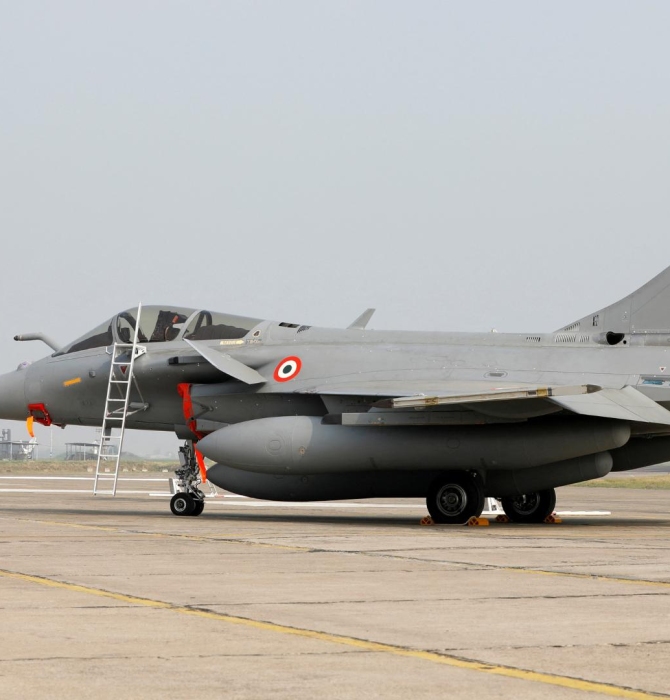1394Views

India Successfully Tests VL-SRSAM in Close-Range Interception Scenario
On March 26th, the Defence Research and Development Organisation (DRDO) and the Indian Navy (IN) announced that they carried out a successful test firing of the indigenously developed Vertically-Launched Short-Range Surface-to-Air Missile (VL-SRSAM).
The test occurred at the Integrated Test Range (ITR) in Chandipur off the coast of Odisha at approximately 1200 hours local time. It validated the VL-SRSAM’s near-boundary low-altitude capability, with the missile intercepting a high-speed aerial target flying at very close range and low altitude.
During the test firing, the missile demonstrated its high turn rate capability required for engaging targets at close range, successfully destroying the target.
The test also involved the use of the VL-SRSAM’s subsystems, such as its indigenous radio-frequency (RF) seeker, a supporting multi-function radar, and a weapon control system. It also utilized what seemed to be an eight-cell launcher.
DRDO VL-SRSAM Overview
Designed as a replacement for the older Barak 1 surface-to-air missile system on Indian Navy warships, the VL-SRSAM is based on the Astra Mark 1 air-to-air missile with modifications including four short-span long-chord cruciform wings and jet vane driven thrust vector control for vertical launch capability.
The missile has undergone extensive testing since its maiden flight test on February 22, 2021, followed by subsequent tests on December 7, 2021, June 24, 2022, and August 23, 2022, with each test validating different aspects of the system’s capabilities.
More recent tests were conducted in 2023, followed by user associate trials on September 12 and 13, 2024, which verified improved components including the seeker and proximity fuse, culminating in the March 26, 2025 test that successfully demonstrated the missile’s near-boundary low-altitude interception capability against a high-speed aerial target at very close range.
While official specifications were not disclosed, the VL-SRSAM is estimated to have a length of 3.8 m, maximum speed of Mach 4, and a maximum range of at least 40 km to 50 km. The missile is powered by a solid-propellant rocket motor with a smokeless propulsion system.
The VL-SRSAM is manufactured by Bharat Dynamics Limited (BDL), a public sector defence company established by the Government of India in 1970 under the Ministry of Defence in Hyderabad, Telangana. The VL-SRSAM’s development involved multiple DRDO bureaus – including DRDL, R&DE(Engineers), and RCI – and private sector vendors working together.
Notes and Comments
India’s air defence architecture comprises a multi-layered system designed to counter threats at various ranges and altitudes. The VL-SRSAM represents a critical component within this ecosystem, serving as the short-range layer capable of engaging targets at close range with high agility.
It will complement other systems, notably the indigenous Akash surface-to-air missile (offering a range of approximately 25-30 km), the medium-range MR-SAM/Barak-8 (70 km range) developed in collaboration with Israel, and the long-range S-400 Triumf acquired from Russia. The VL-SRSAM’s ability to intercept high-speed aerial targets at very low altitudes fills a specific capability gap in India’s naval air defence, particularly for protecting warships from sea-skimming anti-ship missiles and low-flying aircraft.
The successful development of the VL-SRSAM aligns with India’s “Atmanirbhar Bharat” (self-reliant India) initiative in defence manufacturing.The missile’s development under the Development cum Production Partner programme (DcPP) represents a strategic approach where DRDO collaborates with private sector industries to improve their development and production capabilities for complex defence systems.
This model has been successfully applied to other projects like the Advanced Towed Artillery Gun System (ATAGS), demonstrating India’s growing capability to indigenously develop weapons systems leveraging both experienced state-owned entities (SOEs) like DRDO and emerging private sector vendors.


